Development of Innovative High Value-Added Applications of Biocarbons
In recent, the decline of forest management due to falling prices of wood has become a problem. Therefore, this laboratory proposes the use of wood as an electrode material for power generation and storage devices as a method of adding value to wood. It has been a long time since the local production and local consumption of energy has been called for, and with the future goal of “local production and local consumption of energy devices,” we will develop innovative battery materials from local biomass resources using green processes such as hydrothermal and supercritical fluid processes.
1.Application of Tohoku white charcoal as anode material for Na-ion batteries and other high value-added electrode materials
Hard carbon is being used as the anode material for the next generation of batteries, the sodium-ion secondary battery. It has larger interlayer space and smaller crystallite size than graphite, which is the anode material for lithium-ion batteries. In our laboratory, we have found that white charcoal of various tree species baked by white charcoal artisans ( https://sumiyanokurashi.com/ ) in Shichigashuku-cho, Miyagi Prefecture, can be used as the anode of sodium-ion secondary batteries, and that these charcoals have the same performance as the existing wood-derived hard carbon. Furthermore, the total area between the layers of hard carbon was found to be highly correlated with the capacity in the plateau region.
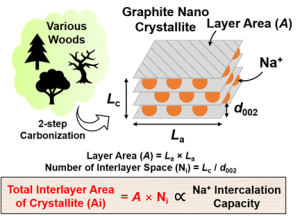
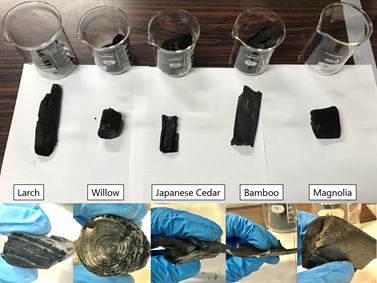
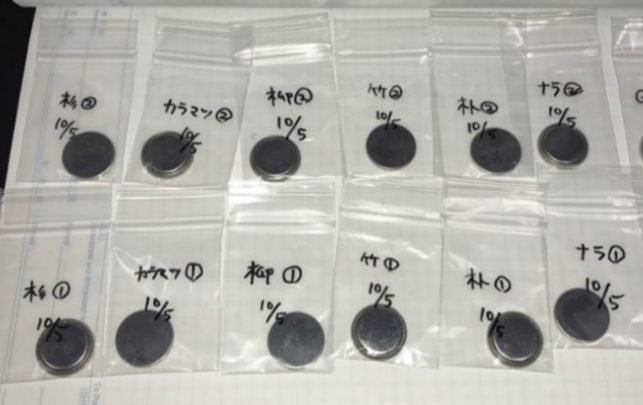
References
Y. Katsuyama et al., ChemSusChem, 13, 5762, 2020.
2.Development of electrocatalysts and electrochemical materials using hydrothermal sulfurization and hydrothermal carbonization methods
In order to realize a hydrogen society, it is essential to have a system that uses clean hydrogen resources that are not derived from fossil fuels and from which electricity can be extracted. In order to obtain electric energy from clean hydrogen resources, it is necessary to go through four processes: water electrolysis, gas separation, hydrogen storage, and fuel cell utilization. Each of these processes requires materials that are appropriate for the application. In particular, precious metals such as Pt are currently used as electrode materials for electrolysis and fuel cells, and there are resource and economic barriers to their widespread use. In our laboratory, we are developing new precious metal-free electrocatalysts using hydrothermal reaction fields.
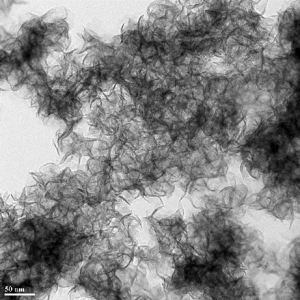
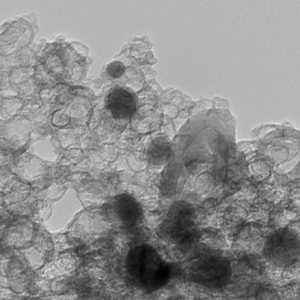
References
Y. Nakayasu et al.,ACS Sustain. Chem Eng., 6, 11502, 2018.
Y. Nakayasu et al., Nanoscale Adv. 1, 3383, 2019.
Y. Takahashi et al., Dalton Trans., 49, 9377, 2020.
Y. Goto et al., Philos. Trans. R. Soc. A, 2021
Development of Innovative High Value-Added Applications of Biocarbons
In recent, the decline of forest management due to falling prices of wood has become a problem. Therefore, this laboratory proposes the use of wood as an electrode material for power generation and storage devices as a method of adding value to wood. It has been a long time since the local production and local consumption of energy has been called for, and with the future goal of “local production and local consumption of energy devices,” we will develop innovative battery materials from local biomass resources using green processes such as hydrothermal and supercritical fluid processes.
1.Application of Tohoku white charcoal as anode material for Na-ion batteries and other high value-added electrode materials

Hard carbon is being used as the anode material for the next generation of batteries, the sodium-ion secondary battery. It has larger interlayer space and smaller crystallite size than graphite, which is the anode material for lithium-ion batteries. In our laboratory, we have found that white charcoal of various tree species baked by white charcoal artisans ( https://sumiyanokurashi.com/ ) in Shichigashuku-cho, Miyagi Prefecture, can be used as the anode of sodium-ion secondary batteries, and that these charcoals have the same performance as the existing wood-derived hard carbon. Furthermore, the total area between the layers of hard carbon was found to be highly correlated with the capacity in the plateau region.


References
Y. Katsuyama et al., ChemSusChem, 13, 5762, 2020.
2.Development of electrocatalysts and electrochemical materials using hydrothermal sulfurization and hydrothermal carbonization methods
In order to realize a hydrogen society, it is essential to have a system that uses clean hydrogen resources that are not derived from fossil fuels and from which electricity can be extracted. In order to obtain electric energy from clean hydrogen resources, it is necessary to go through four processes: water electrolysis, gas separation, hydrogen storage, and fuel cell utilization. Each of these processes requires materials that are appropriate for the application. In particular, precious metals such as Pt are currently used as electrode materials for electrolysis and fuel cells, and there are resource and economic barriers to their widespread use. In our laboratory, we are developing new precious metal-free electrocatalysts using hydrothermal reaction fields.


References
Y. Nakayasu et al., ACS Sustain. Chem Eng., 6, 11502, 2018.
Y. Nakayasu et al., Nanoscale Adv. 1, 3383, 2019.
Y. Takahashi et al., Dalton Trans., 49, 9377, 2020.
Y. Goto et al., Philos. Trans. R. Soc. A, 2021
3.Impregnation Technology of Organic Materials into Wood Activated Carbon Using Supercritical Carbon Dioxide
Recently, there has been an increase in the number of electrode materials utilizing organic materials and organic complexes. On the other hand, activated carbon and other materials are used to give them electronic conductivity. In this laboratory, we are developing a technology to impregnate these organic materials and organic complex materials into activated carbon using supercritical carbon dioxide. In addition, we are assembling the fabricated electrodes as battery devices and conducting research and development for practical use.
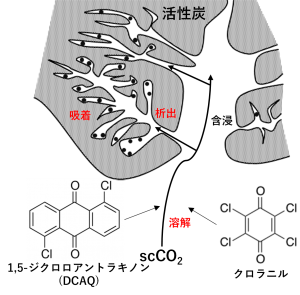
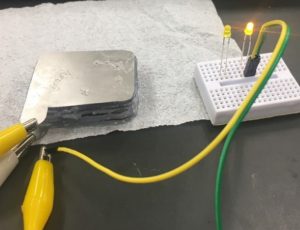
References
Y. Katsuyama et al., Adv. Sustain. Syst., 3, 1900083, 2019.
3.Impregnation Technology of Organic Materials into Wood Activated Carbon Using Supercritical Carbon Dioxide

Recently, there has been an increase in the number of electrode materials utilizing organic materials and organic complexes. On the other hand, activated carbon and other materials are used to give them electronic conductivity. In this laboratory, we are developing a technology to impregnate these organic materials and organic complex materials into activated carbon using supercritical carbon dioxide. In addition, we are assembling the fabricated electrodes as battery devices and conducting research and development for practical use.
